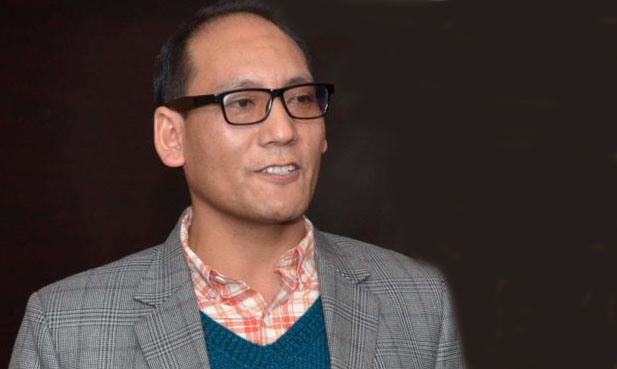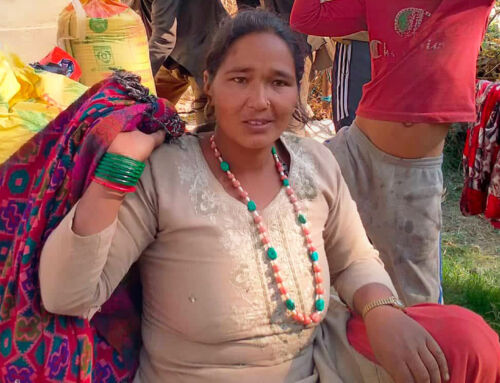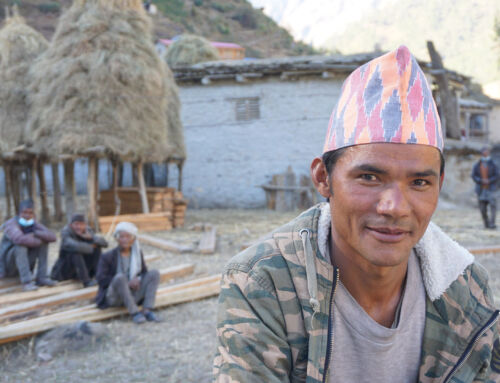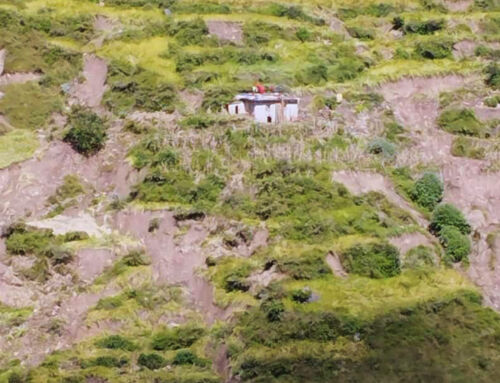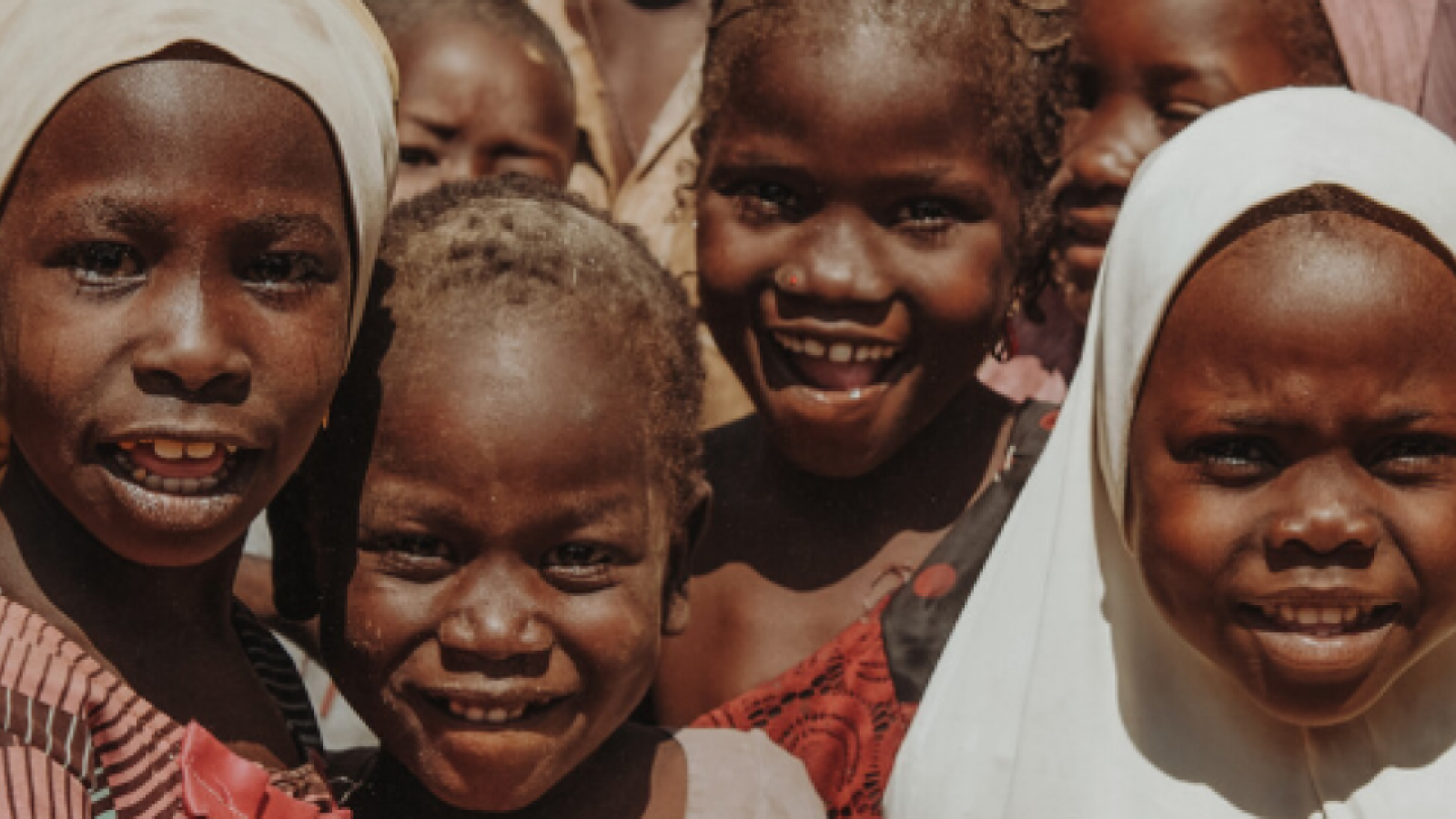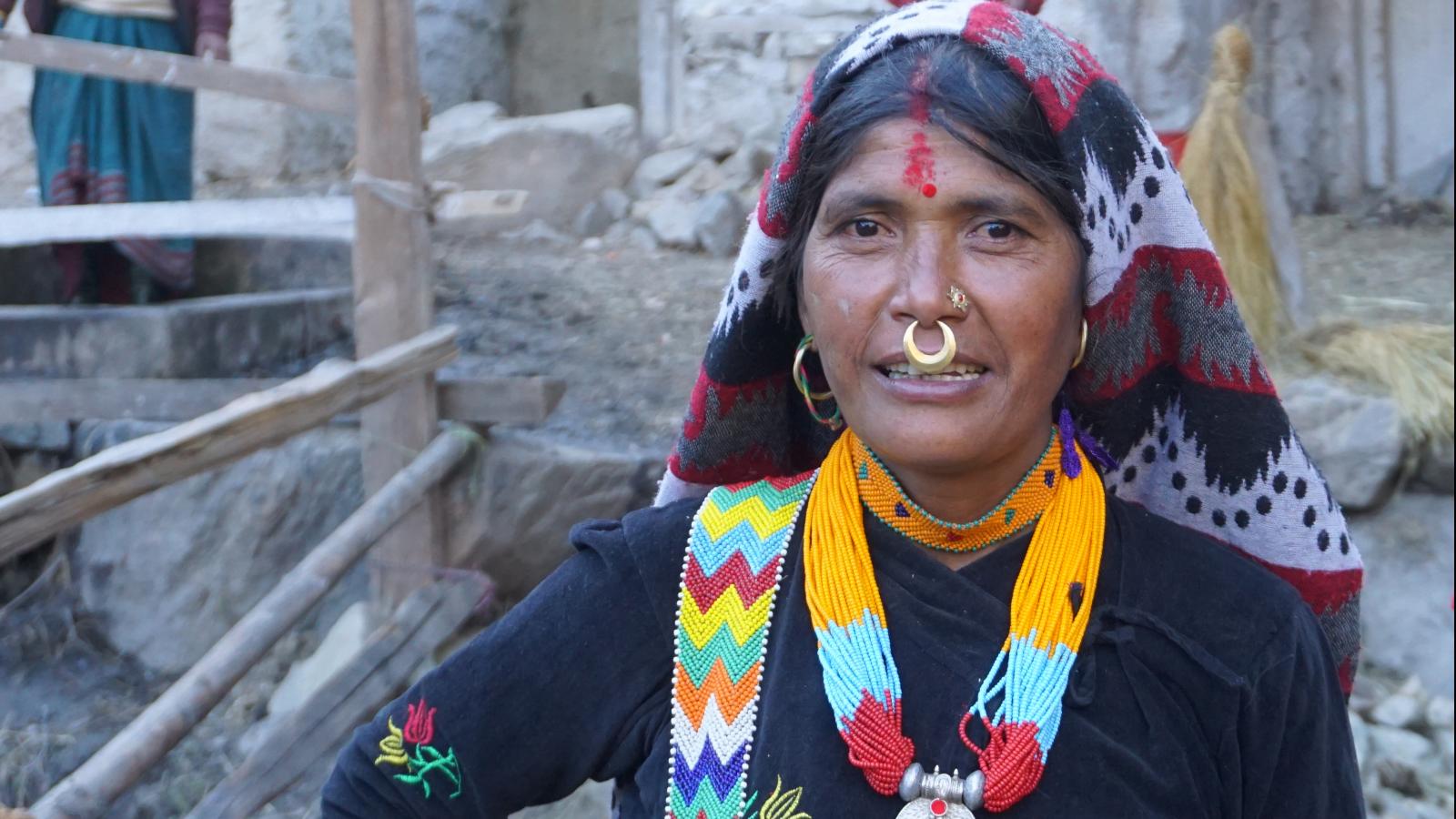Chhitup Lama is visually impaired. But that has not stopped him from starting and running mobile schools and a rehabilitation center for children with disabilities in the Nepalese mountains. He has just received a national award for his contribution in inclusive education for children with disabilities in remote mountain districts of Nepal.
A child’s upbringing can characterize them throughout their life. It is common psychological knowledge. But it is perhaps less well known that challenges in childhood can also motivate a person to find solutions.
This is nonetheless the case with the Chhitup Lama, who today heads the Himalayan Education and Development (HEAD), with whom Mission East collaborates in Nepal’s remote Humla district. The organization helps children with disabilities to be included in the mainstream school system.
Chhitup Lama has just received the prestigious “Citizen Hero Award” in Nepal for his great efforts to include children and people with disabilities in school and community. The award was presented on Democracy Day on April 24, 2022.
– I am very happy with the prize, even though it is not prizes I work for. But nice to be recognized for my work nationwide, he says on a Teams connection to HEAD’s headquarters in Humla.
The children learn to participate in life
Over the past 10 years, more than 600 children and their parents have undergone a 6-month inclusion process through so-called mobile schools. Here, teachers travel to remote villages and find children with disabilities, teach parents to support them and teach the children very basic life skills. Visually impaired learn braille, hearing impaired learn sign language, etc.
– Children with mild disabilities are then included in the regular village school, while children with more severe disabilities are offered to come to our rehabilitation center in Simikot, says Chhitup Lama.
There are 45 students attending the center. 18 students have finished school and are now in full swing with their youth education in college.
Unreachable and inaccessible
– The work with the inclusion of children with various disabilities has roots in my own situation, says Chhitup Lama.
He himself was born with a visual impairment and has therefore experienced challenges with inclusion in his own life. Not only the physical and geographical challenges of walking on narrow paths, over rivers and up and down mountains. But also social barriers, such as school teachers not being able to support students like Chhitup.
– When I went to school in the 1990s, the schools were inaccessible to children with disabilities. And the community I grew up in did not provide any kind of support, he says.
Were not allowed to participate in sports
Against all odds, however, he managed to complete schooling to 10th grade with the support of his parents. But it was not easy:
– I had a hard time and felt lonely. I can not remember anything from the math classes at all. The teachers had no idea how to teach. But in the other subjects it went fairly well, because then I could listen to the content. And back then I had a sharp memory!
– I could not read or note down the exciting things the teachers were talking about. And when I wanted to play football, volleyball, table tennis, etc., I was not allowed to participate: neither by the coaches nor the other children. So when evening came and darkness fell, I felt really sad.
Punctures myth of curse
As if that were not enough, Chhitup and his parents had to fight against cultural barriers in society such as being devalued, discriminated against and ostracized simply because one has a disability.
– The population is characterized by a mindset that says that a disability is due to a curse. And the curse is due to a sin that has been committed in a previous life. They also believe that if you are born with a disability, you cannot accomplish anything.
– That setting must be changed, Chhitup points out emphatically.
Would give kids a chance
After a break of two years after secondary school, he traveled to the capital Kathmandu to study and ended up taking a master’s in English literature. At the same time, he met organizations working with the inclusion of children with disabilities. And it inspired him. He learned first time Braille in Nepal Association of the Blind and just after one month he started teaching children with visual impairment with Braille and orientation and Mobility skills.
– I chose to travel back to my home area in the Humla district in 2011 and start a job that gives children with disabilities a chance to get to school, educate themselves and work.
All children must be included
The rest is history. Today, the Chhitup Lama is the executive director of HEAD, which helps hundreds of children with disabilities to dignity.
– We also teach school teachers how to include children with disabilities in teaching and how to make the premises more accessible. All of these initiatives must ensure that integration is successful, so that all children, regardless of disability, are included in mainstream schooling, Chhitup Lama concludes.

